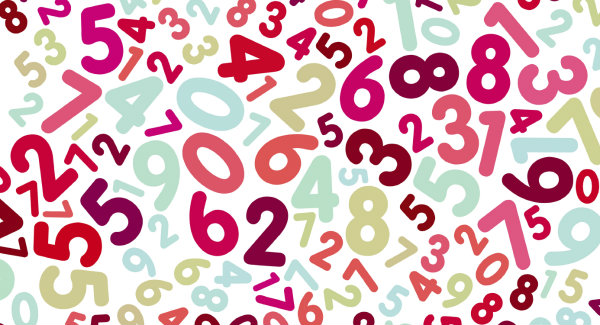Group ’em to grab ’em.
Combining multiple non-urgent, non-critical emails into one can make everyone’s day easier.
Follow these steps to bundle emails and do your part to contain the number of emails your company sends.
Step 1 – Figure out which emails you can bundle
To know if you should bundle messages into one email, ask yourself two questions:
- Do I have 2 or more potential emails that are not urgent and not critical?
- Do the potential messages have the same audience(s)? (Check out Segment Your Audience for Improved Outcomes)
If you can say ‘yes’ to both questions, get ready to bundle!
If your answer is ‘no’ to both or only #1, stop. Bundling isn’t the right option at this time.
If your answer is ‘yes’ to #1 and ‘no’ to #2, there are ways to deal with that. See Step 4.
There are two critical aspects to the success of bundling:
- Finding a common thread
- Presenting each small message in a distinct yet connected way
Step 2 – Find a Common Thread
No matter how different the pieces of information you have to share appear to be, there is always at least one common thread. You need this to tie the pieces of information together.
To do this, stand back and think about all the aspects of each “message”. Don’t limit yourself to the precise content! Examples of common threads:
- Each is “reporting back” on recent company events or charitable donations
- Each relates to minor changes or deadlines that will occur in a specific month
- Each contains an example of a desired employee behaviour
Step 3 – Write an Effective Subject Line
Using the examples from Step 2, your subject line might be:
- Pictures and stories from recent company events
- What to watch for in October
- These employees are walking the talk!
Step 4 – Create an appealing and appropriate layout
You don’t need to be a graphics wiz to create a bundled message that is more than a series of paragraphs. No matter what technique you use to make it easy for the reader to see there are multiple “messages” in the email, remember that most people “scan read” emails, especially non-urgent, unimportant ones. Therefore, keep it simple and visually appealing.
Here are three very basic layouts that are easy to create and instantly make your bundled message easy to read. Placeholder text courtesy of www.socialgoodipsum.com. There’s no reason why placeholder text has to be dull.

Step 5 – Write an intro sentence or two. No more.
The single purpose of the introduction is to alert your reader to the common thread. And, if there’s one part of the content that applies to most but not all of your audience, say so. People appreciate being clearly alerted to things don’t directly relate to them.
A closing thought
A bundled email is not a newsletter. The difference? A newsletter has a broader, established purpose and has an regular schedule. A bundled email is a way to deal with “small”, non-critical messages that, if sent on their own, would add to inbox clutter and probably not be read.





